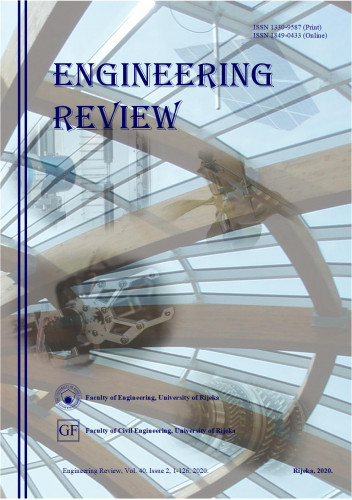Common techniques employed to minimize ignition energy of gaseous fuels in micro reactors such as the use of catalyst are being plagued with setbacks. This report demonstrates the use of electric field to sustain combustion, minimize heat loss and enhance reactant mixing in microchannels of varying geometries. We set two defining constructal parameters for serpentine and straight microchannels of 0.05 to 0.25 to investigate geometric effect on the mixing of the reactants. Inlet concentration of propane and oxygen was set at 0.15 mol/dm3 and 0.7 mol/dm3 respectively. Reynolds numbers 400, 470, 530, 600 and 670 corresponding to inlet velocities of 0.06 m/s, 0.07 m/s, 0.08 m/s, 0.09 m/s and 0.1 m/s were used in the straight channel to study the dependence of reaction rate, temperature drop and reactants diffusion on the combustion process. We report that at an inlet temperature of 500 K which was below the propane’s auto ignition temperature of 743 K, the reaction could occur in the presence of a 50 V applied voltage. Increasing constructual parameter (β) yielded an increase in reaction rate and a decrease in temperature drop. At the same constructual parameter, the serpentine geometry displayed a better result with the peak reaction rate of 894 mol/m3s. More so, increase in the Reynolds number and shape factor for the two geometries led to an increase in reaction rate and propane consumption. These findings could be suitably beneficial to provide minimal fuel requirement for miniaturized vehicles and micro-heat engines.
Sažetak

 Engineering review : 40,2(2020) / editor-in-chief Josip Brnić.
Engineering review : 40,2(2020) / editor-in-chief Josip Brnić.